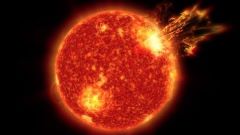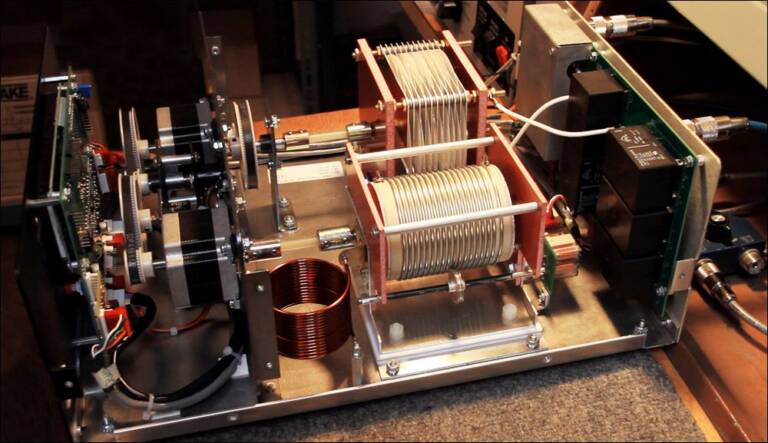Solar Propagation

Coronal Mass Ejection (CME)
CMEs are yet another form of solar disturbance that can have a major effects on the Earth’s magnetic field and on radio communications. They can cause brilliant auroral displays as well as disrupt radio communications and satellites as well.
 Although much greater in their impact than flares in many respects, CMEs were not discovered until we were able to observe the Sun from space. The reason for this is that CMEs can only be viewed by looking at the corona of the Sun; until the space age this could only be achieved during an eclipse. Using a space craft, the corona could be seen when viewing through a coronagraph which is a specialized telescope with what is termed an occulting disk enabling it to cut out the main area of the Sun and only view the corona.
Although much greater in their impact than flares in many respects, CMEs were not discovered until we were able to observe the Sun from space. The reason for this is that CMEs can only be viewed by looking at the corona of the Sun; until the space age this could only be achieved during an eclipse. Using a space craft, the corona could be seen when viewing through a coronagraph which is a specialized telescope with what is termed an occulting disk enabling it to cut out the main area of the Sun and only view the corona.
Although ground based coronagraphs are available, they are only able to view the very bright innermost area of the corona. Space-based coronagraphs are able to gain a much better view of the corona extending out large distances from the Sun.
For many years it was thought that solar flares were responsible for ejecting the masses of particles that gave rise to the auroral disturbances that are experienced on earth. Now it is understood that CMEs are the primary cause.
Interesting Facts about Coronal Mass Ejections:
- In terms of their size a CME might easily eject many billions of tons of plasma or coronal material. Accompanying the material as it expands outwards from the Sun, we find there is an embedded magnetic field which is far greater than the background field – the interplanetary magnetic field.
- The speeds at which the material from a coronal mass ejection travels can range from anywhere between 250 km/s to 3000km/s; extremely fast. This means that the fastest CMEs can reach the Earth in as little as 15 hours, whereas slower ones may take a few days.
- For the most explosive CMEs where the plasma is emitted at very fast speeds, faster than the background solar wind, then a shockwave can result. This can cause an increased level of radiation giving rise to a more intense geomagnetic storm.
- When the increased level of plasma from a CME reaches the Earth, the first part to be experienced is the shock wave. This is followed by the plasma itself, and this may take some hours or days to pass.
- Dependent upon the intensity of the CME, a geomagnetic storm is likely to result. Much of the material will be deflected by the Earth’s magnetic field, but some material will enter by the poles where the earth’s magnetic field enters.
In summary, CME Earth impacts are likely to increase auroral activity and create an ionospheric storm which will result in disruption to HF ionospheric radio communications.


